Are you tired of pouring your heart and soul into your small business website, only to be left wondering whether it’s actually making a difference?
Are you struggling to figure out how to measure the success of your website, and whether it’s worth the time and investment you’re putting into it?
Look no further, because this marketing blog is here to guide you through the process of measuring the success of your small business website.
From tracking website traffic to analyzing conversion rates, we’ll show you how to measure and analyze your website’s performance, so you can make informed decisions about your digital marketing strategy.
- Determine Your Goals
Before you can measure the success of your website, you need to identify your business goals. What do you want your website to achieve? Is it to increase your online visibility, generate leads, or drive sales? By defining your goals, you’ll have a better understanding of the metrics you need to track to measure your website’s success.
- Analyse Your Website Traffic
Website traffic is a crucial metric to track when measuring the success of your website. You can use tools like Google Analytics to monitor your website traffic and gain insights into your audience’s behavior. Analyzing your website traffic can help you identify which pages are performing well and which ones need improvement. Additionally, it can help you identify which traffic sources are driving the most traffic to your website.
- Measure Your Conversion Rates
Conversions are when visitors take the desired action on your website, such as filling out a contact form or making a purchase. Measuring your conversion rates is essential in determining the success of your website. You can use Google Analytics to track your conversion rates and identify areas for improvement.
- Monitor Your Search Engine Rankings
Search engine optimization (SEO) is critical in ensuring your website appears on the first page of search results. By monitoring your search engine rankings, you can determine the success of your SEO strategy. You can use tools like Google Search Console to monitor your website’s search engine rankings and identify areas for improvement.
- Keep an Eye on Your Social Media Metrics
Social media is an excellent tool for driving traffic to your website. By monitoring your social media metrics, you can determine which social media platforms are driving the most traffic to your website. Additionally, you can identify which social media posts are performing well and adjust your strategy accordingly.
So, there you have it – the importance of measuring the success of your small business website. As a digital marketing agency, we understand that tracking website metrics can seem overwhelming, but it’s essential for the growth and success of your business.
By regularly analyzing your website’s performance, you can identify areas for improvement, make data-driven decisions, and optimize your online presence to attract more traffic, leads, and sales.
At Broomling, we specialize in website analytics and can help you set up, track, and interpret your website data. Our team of experts will work with you to develop a customized strategy that aligns with your business goals and ensures your website is performing at its best.
Don’t let your small business website fall behind the competition. Contact us today to learn more about how we can help you measure and improve your website’s success!




